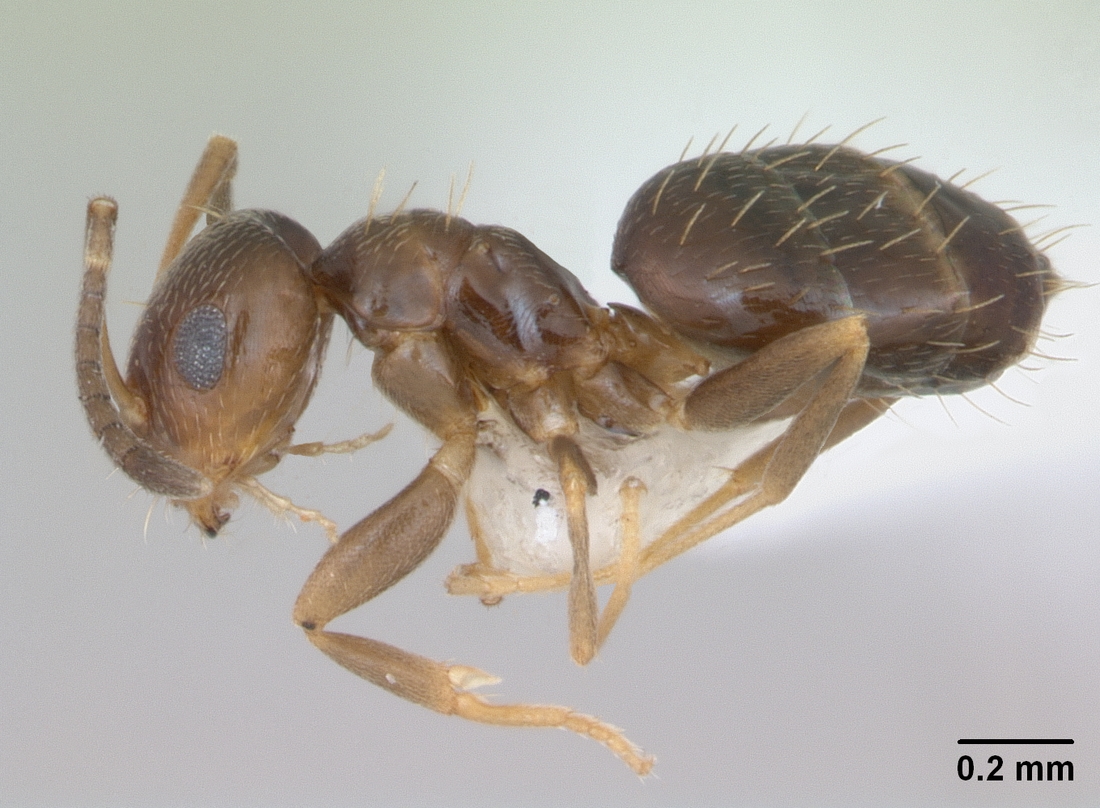|
Myrmelachistini
Myrmelachistini is a tribe of ants in the family Formicidae. There are at least 2 genera and 50 described species in Myrmelachistini. In 2016, the tribe Myrmelachistini was resurrected and the genera ''Brachymyrmex'' and ''Myrmelachista'' were transferred to it from the tribe Plagiolepidini. Genera * ''Brachymyrmex'' Mayr, 1868 (rover ants) * ''Myrmelachista ''Myrmelachista'' is a Neotropical genus of ants in the subfamily Formicinae. The genus is found exclusively in the Neotropical realm. Little is known regarding their biology. Habitat and distribution The genus is restricted to the Neotropical r ...'' Roger, 1863 References Further reading * * * * * Formicinae {{Formicinae-stub ... [...More Info...] [...Related Items...] OR: [Wikipedia] [Google] [Baidu] |
Brachymyrmex Patagonicus Casent0173480 Profile 1
''Brachymyrmex'' is a genus in the ants subfamily Formicinae. The genus can be recognized by the combination of having nine antennal segments (fewer than most ants) and the petiole concealed by the gaster in dorsal view. They are sometimes called "rover ants". Distribution The genus has a mainly Neotropical distribution, ranging from the United States to Argentina and Chile, including the Caribbean islands, but some species have been introduced to Japan, and Madagascar. Description ''Brachymyrmex'' is a genus of minute ants that at first glance exhibit little morphological variation. Currently only the 9-segmented antennae and lack of antennal club have been proposed to diagnose workers of the genus. The combination of small size, soft metasoma, and the simple morphology makes observations and interpretation of morphological characters difficult. These difficulties impede taxonomic revisions and even led Creighton (1950) to call ''Brachymyrmex'' a "miserable little genus ... [...More Info...] [...Related Items...] OR: [Wikipedia] [Google] [Baidu] |
Brachymyrmex
''Brachymyrmex'' is a genus in the ants subfamily Formicinae. The genus can be recognized by the combination of having nine antennal segments (fewer than most ants) and the petiole concealed by the gaster in dorsal view. They are sometimes called "rover ants". Distribution The genus has a mainly Neotropical distribution, ranging from the United States to Argentina and Chile, including the Caribbean islands, but some species have been introduced to Japan, and Madagascar. Description ''Brachymyrmex'' is a genus of minute ants that at first glance exhibit little morphological variation. Currently only the 9-segmented antennae and lack of antennal club have been proposed to diagnose workers of the genus. The combination of small size, soft metasoma, and the simple morphology makes observations and interpretation of morphological characters difficult. These difficulties impede taxonomic revisions and even led Creighton (1950) to call ''Brachymyrmex'' a "miserable little genus". Nev ... [...More Info...] [...Related Items...] OR: [Wikipedia] [Google] [Baidu] |
Myrmelachista
''Myrmelachista'' is a Neotropical genus of ants in the subfamily Formicinae. The genus is found exclusively in the Neotropical realm. Little is known regarding their biology. Habitat and distribution The genus is restricted to the Neotropical region, and 41% of the species in this genus can be found in Brazil. The species in this genus are arboreal and engage in the specialized practice of nesting in trunk cavities and among twigs. These ant species may also form complex mutual associations with certain myrmecophytes or with Coccidae and Pseudococcidae species. Little information is available regarding the biology of ''Myrmelachista'' species; however, it is known that these species generally feed on Extrafloral nectary, extrafloral nectaries and on animal-derived proteins. Description ''Myrmelachista'' species possess between nine and 10 antennal segments. Most nine-segmented ''Myrmelachista'' species are found in Central America and the Caribbean (with only two known nine-segm ... [...More Info...] [...Related Items...] OR: [Wikipedia] [Google] [Baidu] |
